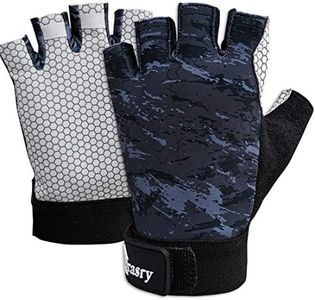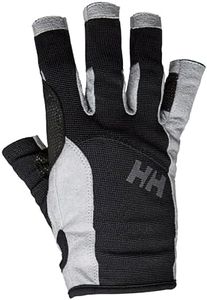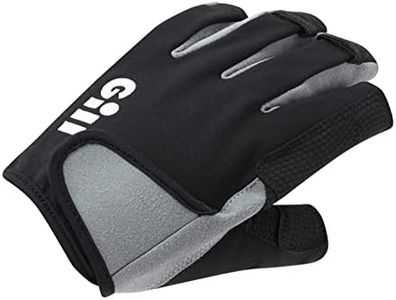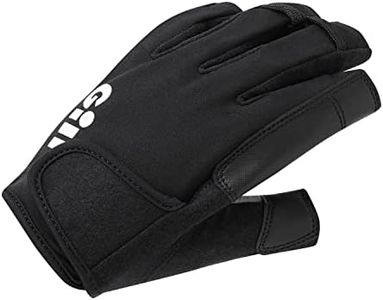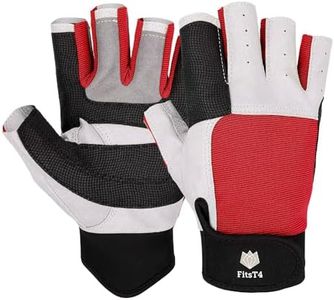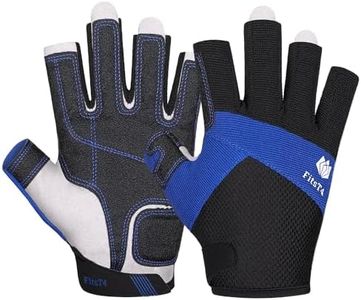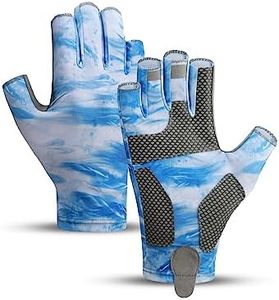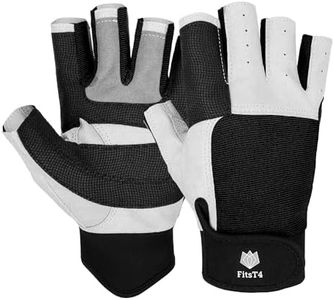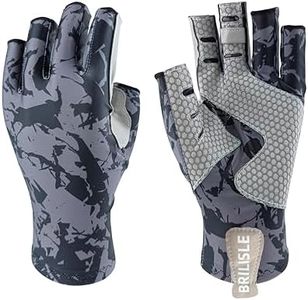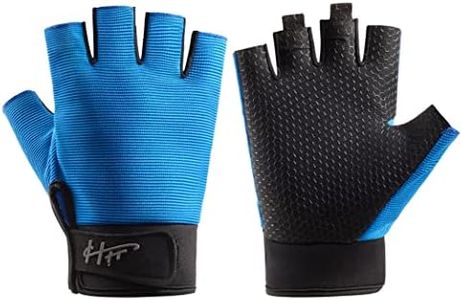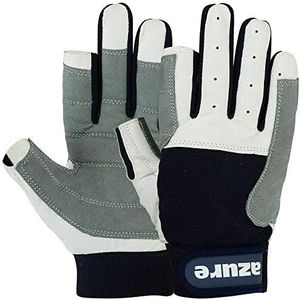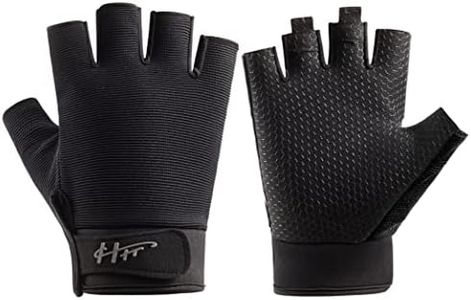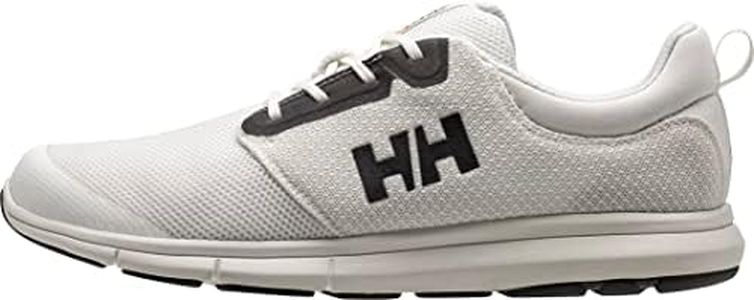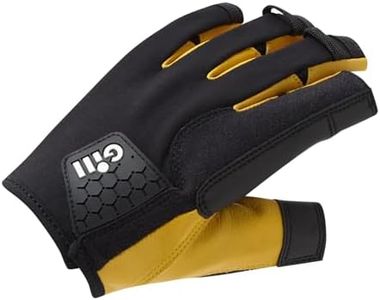We Use CookiesWe use cookies to enhance the security, performance,
functionality and for analytical and promotional activities. By continuing to browse this site you
are agreeing to our privacy policy
10 Best Sailing Gloves
From leading brands and best sellers available on the web.Buying Guide for the Best Sailing Gloves
Choosing the right sailing gloves makes a big difference in comfort, grip, and protection while you're out on the water. The best pair for you depends on how you sail, the weather, and your personal preference for feel and dexterity. It's important to focus on the features that matter most to you—like durability, grip, and fingertip coverage—so you enjoy hands-on control without discomfort or risk of blisters.MaterialSailing gloves are typically made from synthetic fabrics, leather, or a combination of both. The material matters because it affects grip, flexibility, water resistance, and how well the gloves hold up to regular use. Synthetic fabrics like neoprene and microfiber dry quickly and often give great grip, while leather offers durability and a natural feel. If you often sail in wet or cold conditions, look for synthetics; for a classic feel and long life, leather might be better. Think about your climate and how often your gloves will get wet to guide your choice.
Finger CoverageGloves come in full-finger, three-finger, and fingerless designs. Full-finger gloves provide maximum protection from sun, rope burns, and cuts, making them good for colder or rougher conditions. Three-finger gloves combine protection and dexterity by leaving thumb and forefinger exposed. Fingerless gloves maximize feel for knots and detailed tasks, but offer less protection. Decide what kind of sailing you do—racing, cruising, or dinghy sailing—and match your choice to your need for dexterity versus protection.
Grip and ReinforcementGood sailing gloves have grippy and reinforced sections—often on the palms and between the thumb and forefinger—to help hold ropes and resist abrasion. Better reinforcement means more durability, especially if you handle lines often. For light use, less reinforcement keeps gloves flexible; for heavy-duty or offshore sailing, more protection is better. Consider how hard you work your hands during a typical day and find gloves that match that wear level.
Fit and ComfortA snug, comfortable fit is important because loose gloves can cause blisters or reduce dexterity, while overly tight gloves may cut off circulation. Most sailing gloves are slightly stretchy to fit many hand shapes, but sizing varies. Try them on if possible, or use size charts and reviews to help choose. Decide how much padding you like—thicker for more protection or thinner for more feel—and always make sure you have full range of motion.
Water Resistance and Drying TimeSince sailing is a wet sport, gloves that resist water or dry quickly are more comfortable and help prevent chafing. Synthetics are generally better at this, while leather may stay wetter. If you get your hands wet often or sail in rain, look for gloves that dry off quickly so you don't end up with soggy, heavy hands during long outings.
